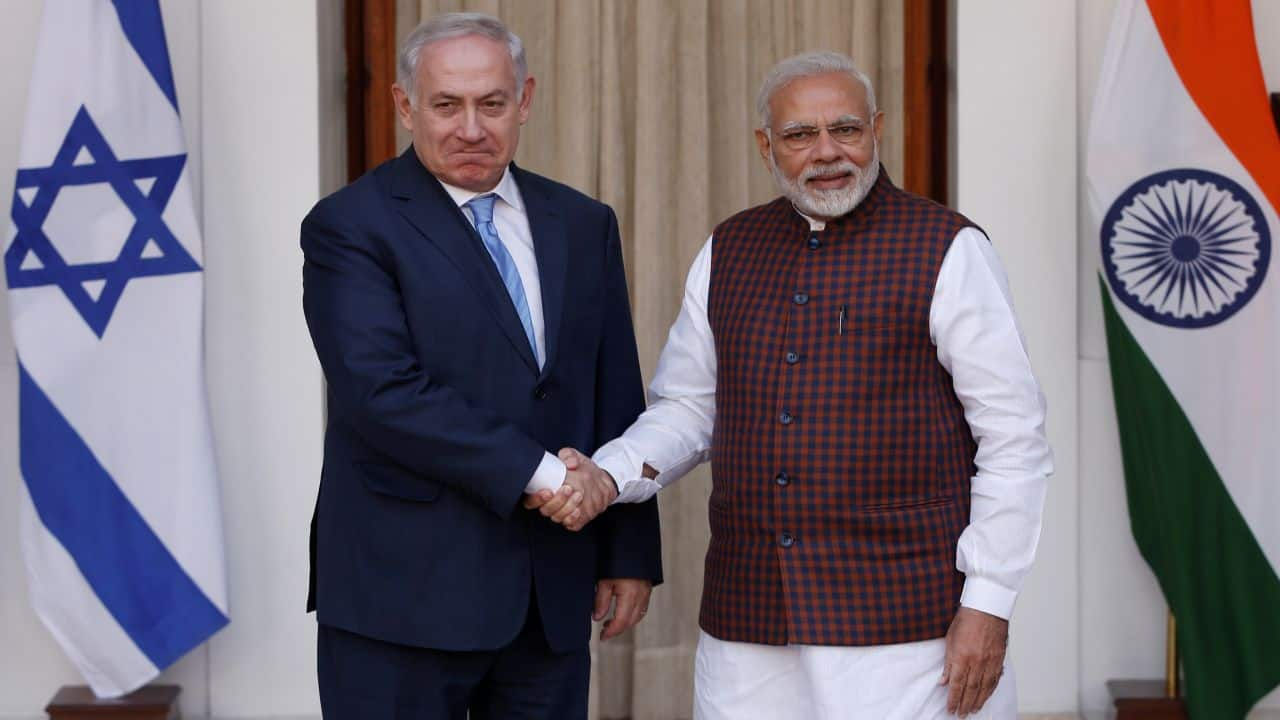Gold Price Climbs Amid Geopolitical Tensions and Trump Tariff Talk

Gold prices have experienced a significant surge, climbing towards key resistance levels in May and June 2025, primarily driven by a confluence of escalating geopolitical tensions and renewed trade tariff threats from former U.S. President Donald Trump. This dual pressure has prompted a wave of safe-haven buying among investors, leading to a notable increase in the value of gold, silver, and platinum.
The primary catalyst for gold's rally is the intensified fear of military conflict in the Middle East. Reports suggest that Israel might be preparing for military action against Iran, a scenario exacerbated by the U.S. withdrawal of diplomatic staff from Iraq and heightened rhetoric from Iranian officials threatening retaliation against U.S. bases in the region. These developments have cast a pall of geopolitical uncertainty over global markets, traditionally prompting investors to seek refuge in assets like gold, which is perceived as a stable store of value during crises.
Adding to the market's unease are President Donald Trump's plans to send tariff warning letters to several major global economies. This move signals a potential new round of trade protectionism beyond the already formalized U.S.-United Kingdom trade deal and the limited information about a framework with China. The lack of clarity surrounding future trade policies under Trump's potential influence has significantly rattled global investors, further increasing demand for precious metals as a hedge against economic instability.
Beyond these immediate triggers, several other factors are contributing to gold's upward trajectory. A weaker U.S. dollar makes gold more affordable for international buyers, thereby boosting demand. Additionally, softer U.S. inflation data has led traders to anticipate a Federal Reserve interest rate cut later in the year, a monetary policy shift that typically supports gold prices by reducing the opportunity cost of holding non-yielding assets. The broader market sentiment, characterized by a "flight to safety," sees investors pulling out of riskier assets like stocks and reallocating capital into traditional safe havens.
As of early June 2025, spot gold prices have climbed to approximately $3,374.94 per ounce, marking a 0.6% increase, while August gold futures rallied 1.5% to $3,394.60 per ounce. Analysts are closely monitoring the $3,380 level as a critical resistance zone, with current figures indicating strong momentum as gold inches closer to a potential breakout past key chart levels.
While gold dominates the safe-haven narrative, other precious and industrial metals have also experienced gains. Platinum futures rose 0.8% to $1,251.65 per ounce, reaching its highest level in over four years, though it showed a 37.3% rise year-to-date in 2025. Silver futures gained 0.7% to $36.515 per ounce, nearing a 13-year peak. Copper prices also moved higher, with LME copper futures up 0.5% at $9,699.70 per ton and U.S. copper futures climbing 0.4% to $4.8242 per pound. These gains reflect broader market concerns, including currency fluctuations and shifts in industrial demand.
However, the sustainability of platinum's rally is under scrutiny. Despite its strong performance, Goldman Sachs analysts caution that platinum prices may not maintain their elevated levels. Their outlook suggests a potential return to its traditional trading range of $800 to $1,150 per ounce, citing weakening Chinese demand for platinum jewelry, slowing automotive demand (especially with the rise of electric vehicles reducing the need for emission control systems), and robust South African production that could outpace demand. This implies that platinum's recent gains might be temporary, with expectations for stabilization or decline in the coming months.
For investors, the current market climate necessitates a careful reassessment of portfolios. The volatile combination of Trump's aggressive trade stance, persistent Middle East tensions, and currency pressures is undeniably channeling funds into traditional safe-havens. While Goldman Sachs offers a cautious perspective on platinum, the broader precious metals market is witnessing renewed interest. Key factors for investors to monitor include any new developments between Israel and Iran, updates on Trump’s tariff letters and global reactions, upcoming U.S. Producer Price Index (PPI) data, and Federal Reserve commentary on interest rates. Gold, in particular, continues to prove its role as a premier safe-haven asset during periods of market volatility and geopolitical uncertainty, suggesting that the current rally could intensify if tensions escalate further.












